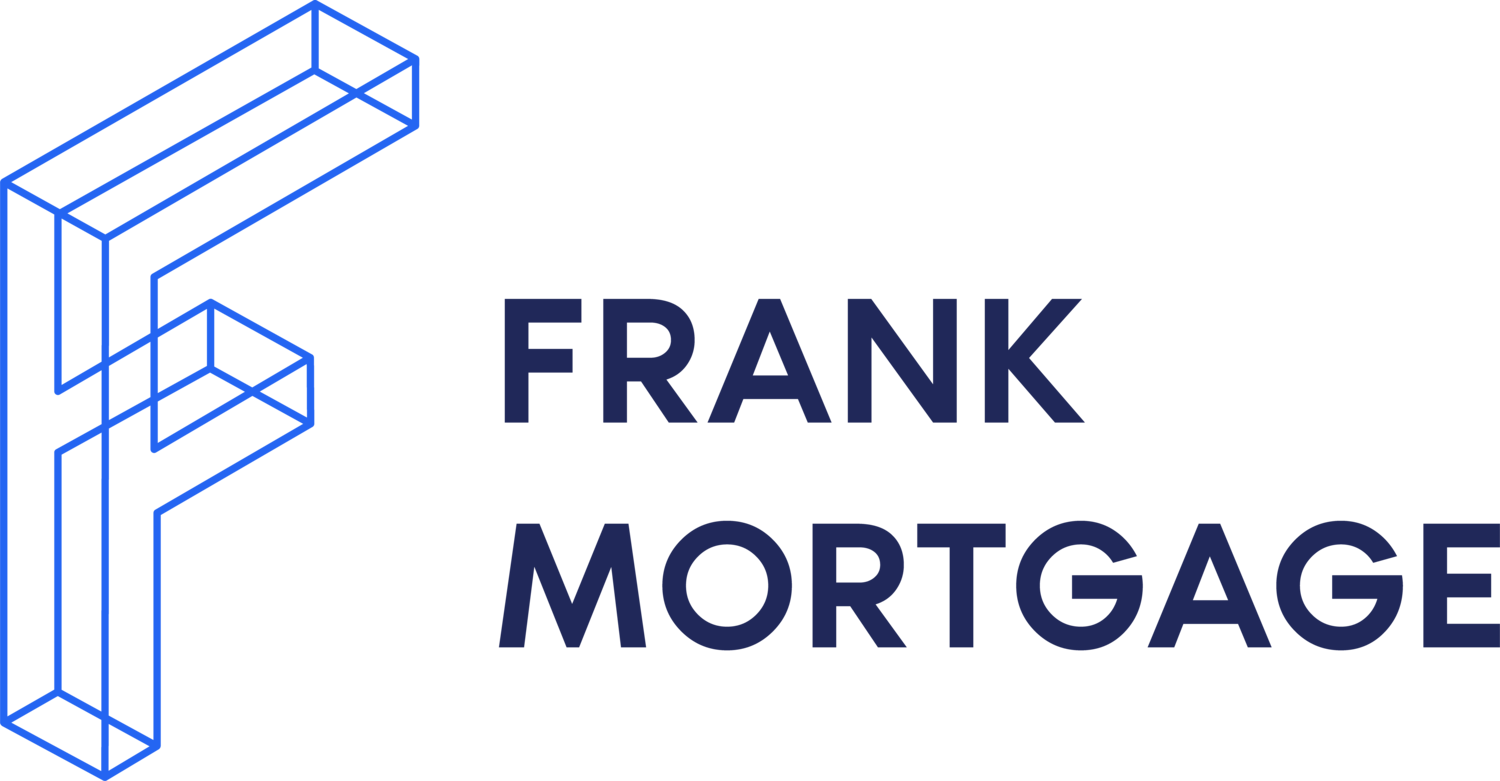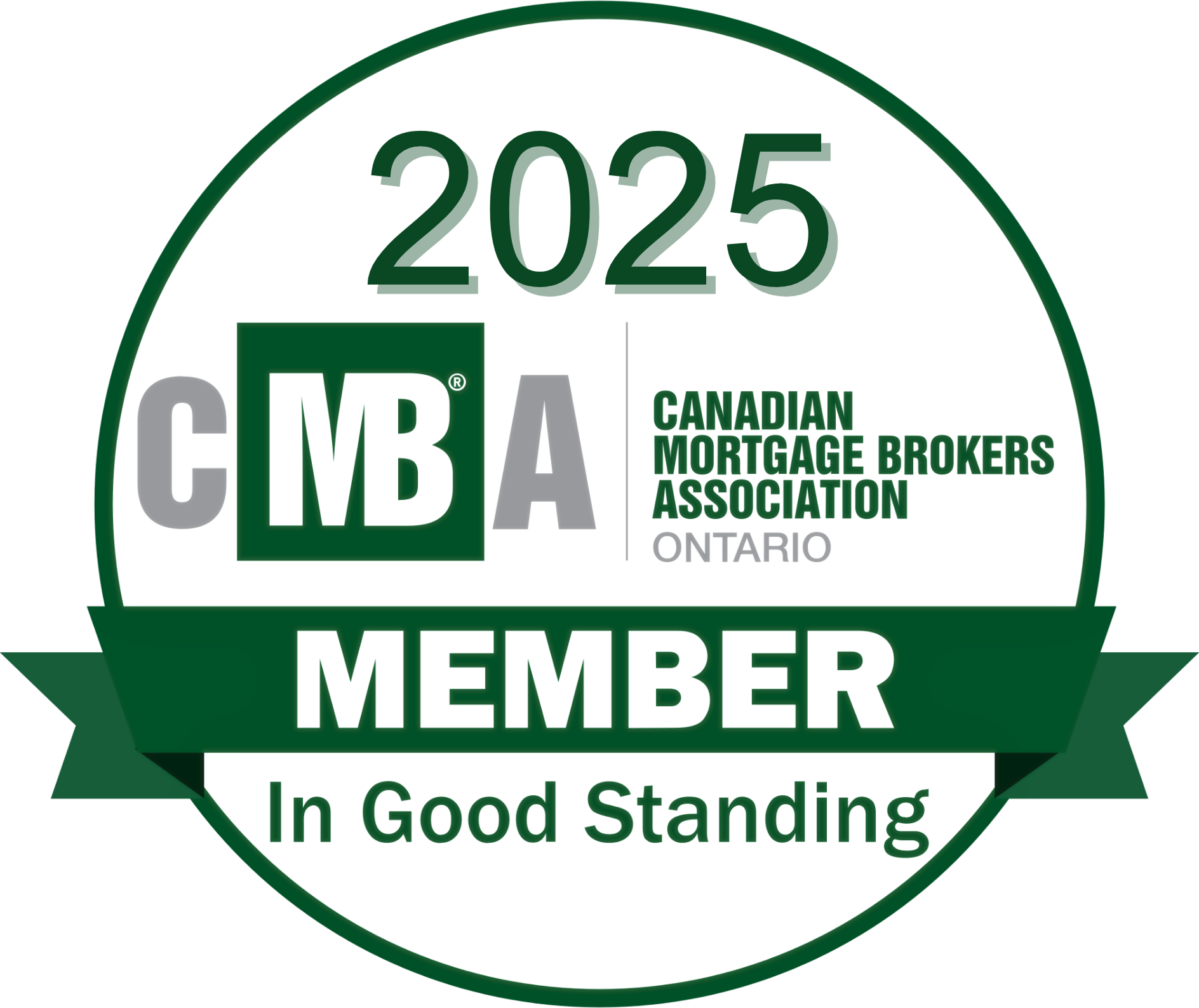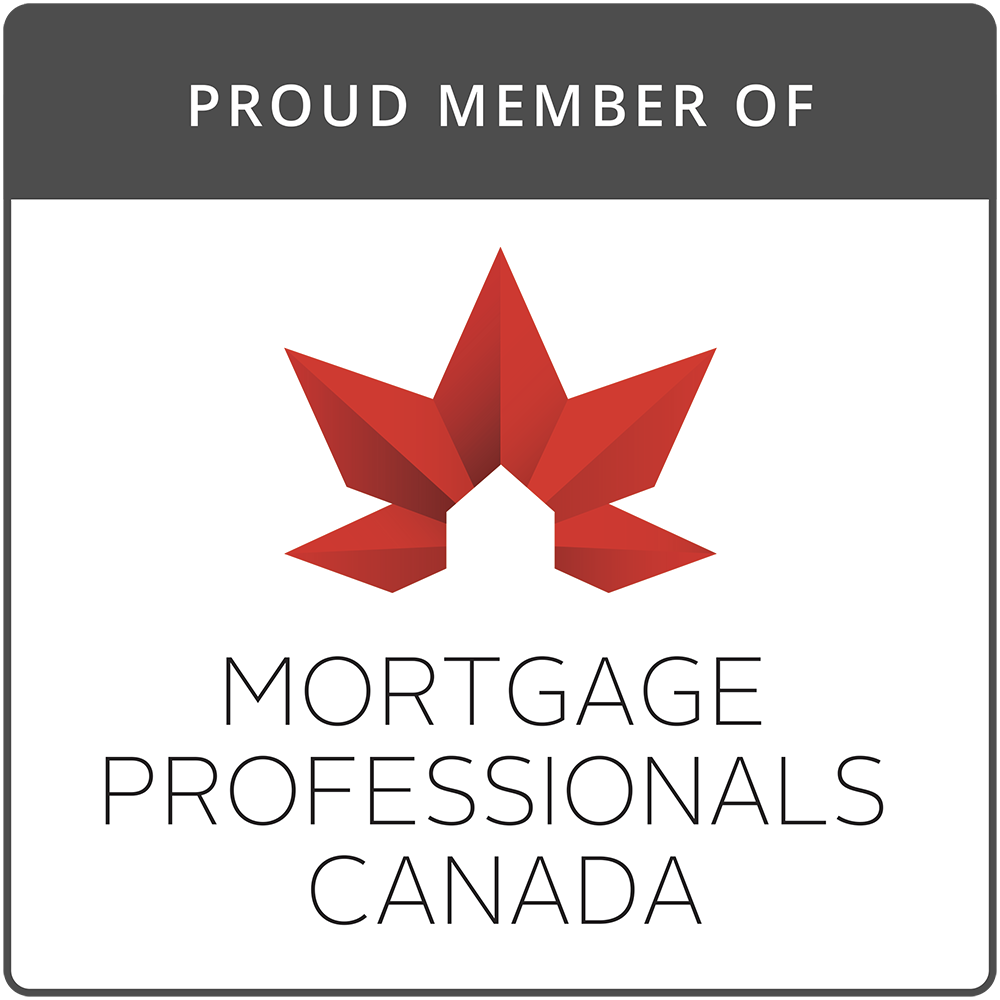What to Do If the Prime Rate in Canada Increases: Actionable Tips

The prime rate in Canada plays a crucial role in determining borrowing costs for homeowners, businesses, and individuals with variable-rate loans, mortgages, and lines of credit. If you've been following interest rate trends, you may have noticed fluctuations that directly impact your monthly payments and overall financial strategy.
When the prime rate rises, borrowing becomes more expensive, increasing costs for variable-rate mortgage holders, HELOC borrowers, and business loan repayments. Planning ahead and taking proactive steps can help you manage rising rates effectively.
Here’s what you need to know—and how to protect yourself when interest rates increase.
Understanding the Prime Rate and Its Impact
The Canadian prime rate is the interest rate banks use as a benchmark to set lending rates for their most creditworthy borrowers. It is influenced by the Bank of Canada’s overnight rate, which changes based on inflation, economic growth, and global market conditions.
When the Prime Rate Increases:
✔ Variable-rate mortgages become more expensive when rates go up.
✔ Home equity lines of credit (HELOCs) become more expensive.
✔ Personal and business loan rates rise, increasing repayment costs.
✔ Credit card rates linked to the prime rate may also increase.
📌 Tip: If you have a mortgage or loan tied to the prime rate, staying informed and making strategic financial adjustments is essential.
Actionable Tips to Manage Rising Prime Rates
1. Lock in a Fixed Mortgage Rate
If you have a variable-rate mortgage, consider switching to a fixed-rate mortgage to protect yourself from future rate hikes. Fixed rates provide payment stability, making budgeting easier.
2. Pay Down High-Interest Debt
As interest rates rise, debts with variable interest rates—such as credit cards, personal loans, and lines of credit—become more expensive.
✔ Prioritize paying off high-interest debt first.
✔ Consider consolidating debt at a lower fixed interest rate.
3. Refinance Your Mortgage
If rising rates make mortgage payments difficult, refinancing could help reduce your overall borrowing costs.
✔ Renegotiate your loan terms to secure a lower fixed rate.
✔ Consolidate high-interest debts into your mortgage to reduce monthly payments.
4. Increase Emergency Savings
When borrowing costs rise, having an emergency fund becomes even more crucial.
✔ Aim to set aside three to six months’ worth of living expenses.
✔ Having cash reserves can prevent reliance on high-interest credit in times of financial strain.
5. Explore Alternative Lending Options
Different lenders offer varying mortgage rates and loan structures. If your current lender isn’t providing competitive rates, it may be time to compare your options.
6. Adjust Your Budget to Accommodate Higher Costs
Rising interest rates mean higher borrowing costs. Re-evaluating your spending habits can help you stay financially secure.
✔ Identify areas where you can cut back on discretionary spending.
✔ Redirect those savings toward paying down debt or increasing savings.
7. Consider Making Extra Mortgage Payments
If your financial situation allows, making extra payments on your mortgage principal can help reduce the impact of future rate increases.
✔ Even small additional payments can shorten your loan term and reduce interest costs over time.
8. Stay Informed on Interest Rate Trends
Monitoring Bank of Canada rate announcements and market conditions can help you make better financial decisions.
✔ Check for updates on interest rate forecasts.
✔ Speak with a mortgage professional to assess the best strategy for your financial situation.
How Frank Mortgage Can Help
Rising interest rates can be challenging, but Frank Mortgage provides expert guidance and customized mortgage solutions to help you:
✔ Lock in competitive fixed mortgage rates.
✔ Explore refinancing options to reduce overall costs.
✔ Find alternative lending solutions tailored to your needs.
📌 Looking for the best mortgage rates and strategies?
Frank Mortgage simplifies the mortgage process and helps you secure the best possible deal.
Final Thoughts
When the current prime rate in Canada increases, proactive financial planning is key. By taking steps such as locking in fixed mortgage rates, paying down debt, and staying informed about market trends, you can protect yourself from rising borrowing costs.
📌 Explore your mortgage options with Frank Mortgage.
📞 Call us at 1-888-850-1337
🌍 Visit
Frank Mortgage
Disclaimer
This article is for informational purposes only and should not be considered financial, mortgage, or legal advice. Interest rates, lending policies, and market conditions are subject to change at any time. While we make every effort to provide accurate and up-to-date information, we recommend speaking with a qualified mortgage professional before making any borrowing decisions. Frank Mortgage does not assume responsibility for any decisions made based on the content of this article. For the most current mortgage rates and policies, please refer to official sources such as the Bank of Canada or your mortgage lender.
About The Author

Don Scott
Don Scott is the founder of a challenger mortgage brokerage that is focused on improving access to mortgages. We can eliminate traditional biases and market restrictions through the use of technology to deliver a mortgage experience focused on the customer. Frankly, getting a mortgage doesn't have to be stressful.
Related Posts






